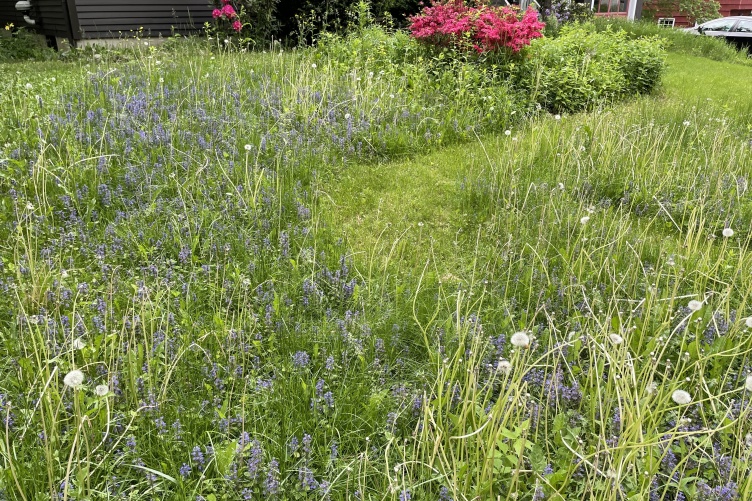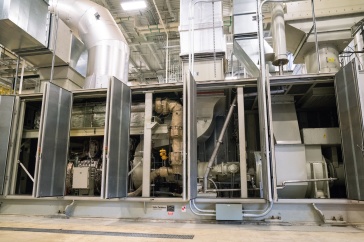
Not a fan of mowing the lawn? Good news: Cutting the grass less may be better for the environment. Trimming the number of times you run the mower around the yard, known as “low mow”, can help reduce carbon emissions, build soil organic matter and even enhance pollinating habitats for bees.
“Taking important small steps, like not mowing as often, can have a big impact on things like carbon storage and carbon emissions which can influence climate change.”
“People may not think the small ecosystem in their own yard — the grass, soil and vegetation — is that important to the health of the whole planet,” says Alexandra Contosta, research assistant professor at UNH’s Earth Systems Research Center. “But taking important small steps, like not mowing as often, can have a big impact on things like carbon storage and carbon emissions which can influence climate change.”
Want to be a “lazy lawnmower”? Contosta, who has done research on low mow options as well as carbon storage in the backyards of New England cities, offers these tips:
- Mow every two weeks. Mowing less allows for spontaneous lawn flowers, like clover and dandelions, that provide important nectar for bees, which are in decline and perform vital ecosystem services such as the pollination of food crops.
- Try a “no mow” area. For larger yards, consider creating a zone that is cut less, or not at all, providing time savings as well as a beneficial habitat for butterflies. This can be useful for hard-to-mow areas or parts of the property that are not utilized.
- Give the rake a break. Skip raking grass clippings; returning them to the soil provides high-quality, carbon-rich leaf litter that organisms can break down and store in soil organic matter. This keeps the carbon out of the atmosphere, where it contributes to warming temperatures.
- Reach for the shears, not the chainsaw. Pruning trees rather than cutting them down helps store carbon rather than release it into the atmosphere. If you need to cut down a tree, try to replace it with another one.
- Get the neighborhood involved. Propose no and low mow months on your block (in the early spring or late fall), create a community garden and in the fall transform leaves into valuable mulch.
Mowing less also means less emissions, decreasing a household’s carbon footprint. The low mow approach can be economical, practical and a timesaving alternative to replacing a lawn or even planting pollinating flower gardens. Researchers say if low mow became more socially accepted, it could be a great way to do more for the environment by doing less.
-
Written By:
Robbin Ray ’82 | UNH Marketing | robbin.ray@unh.edu | 603-862-4864


















































